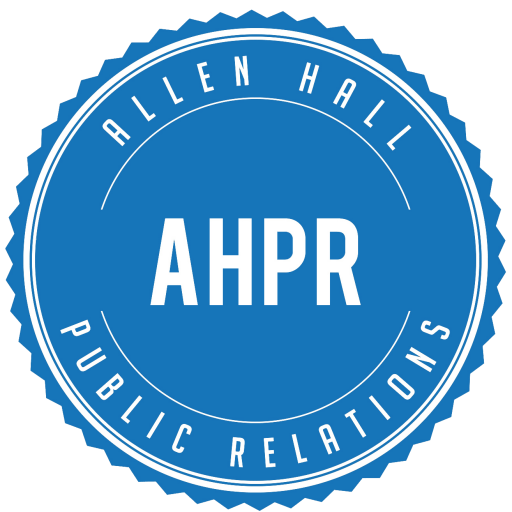Are robots taking over our jobs? That’s the question on the minds of many people across various industries as the rapid advancement of artificial intelligence (AI) — the simulation of human intelligence by machines — continues to explode. AI has impacted every aspect of our daily lives, including personalized experiences such as tailored product recommendations and smart home systems, as well as our professional lives. No industry has been left untouched, including the media and public relations sector. Here are a few of the ways PR professionals are leveraging AI tools.
Media Pitches
AI-assisted tools are becoming increasingly popular among PR professionals, helping them create effective pitches and increase their chances of earning media coverage. They can enhance communication with industry people, like journalists, by allowing professionals to tailor messages to specific audiences. Tools such as Grammarly, Cision, MuckRack, and Propel use AI to analyze pitching preferences and improve efficiency.
AI is a helpful tool in creating media lists and formulas for PR tools, but it cannot replace human judgment — an essential factor in effective pitches. PR professionals know the impact of catering pitches to journalists’ preferences, and thus AI should be viewed as inspiration rather than a standard for all pitches.
Social Media
AI-powered analytics tools — like Microsoft Power and Google Analytics — are established tools to analyze and track vast amounts of data, especially from social media sources. AI-powered content creation tools can analyze data on audience behavior, preferences, and interests to generate personalized content that resonates with them, as well as schedule content to be posted at the optimal viewing time.
By entering information about the post and describing its desired tone and length, AI caption generators will create an engaging caption in seconds. Not only does this save time, but it can also improve performance by generating social copy with keywords and hashtags. AI is also valuable for visual creation, allowing for personalized and automated designs that can improve audience engagement. Using text-to-image generative models can create unique images and graphics from short descriptions. However, many of AI’s limitations manifest in visual creation, particularly in the image creation of humans, involving a lack of realism, bias, stereotypes, and quality issues.
Press Releases
AI can suggest trending topics that PR professionals might want to include or exclude by powering media monitoring for newsworthy updates and industry events. With AI-generated tools, PR professionals can create influential, data-driven press releases that harness the attention of their target audience. Tools like ChatBPT and Copy.ai, can generate entire press releases or assist in drafting headlines and paragraphs, and many PR firms and platforms are creating their own tools specific to press releases, like Write Release and Hypotenuse AI. These tools use natural language processing to analyze data and create human-like writing, and can also optimize content for SEO and provide valuable insights into how the press release may perform.
While AI can help professionals work more efficiently and effectively, it isn’t a substitute for human expertise in crafting compelling press releases. At the end of the day, PR professionals have an acute understanding of the clients and companies they support, and human review and editing must be conducted to ensure the AI-generated content aligns with the company’s brand.
